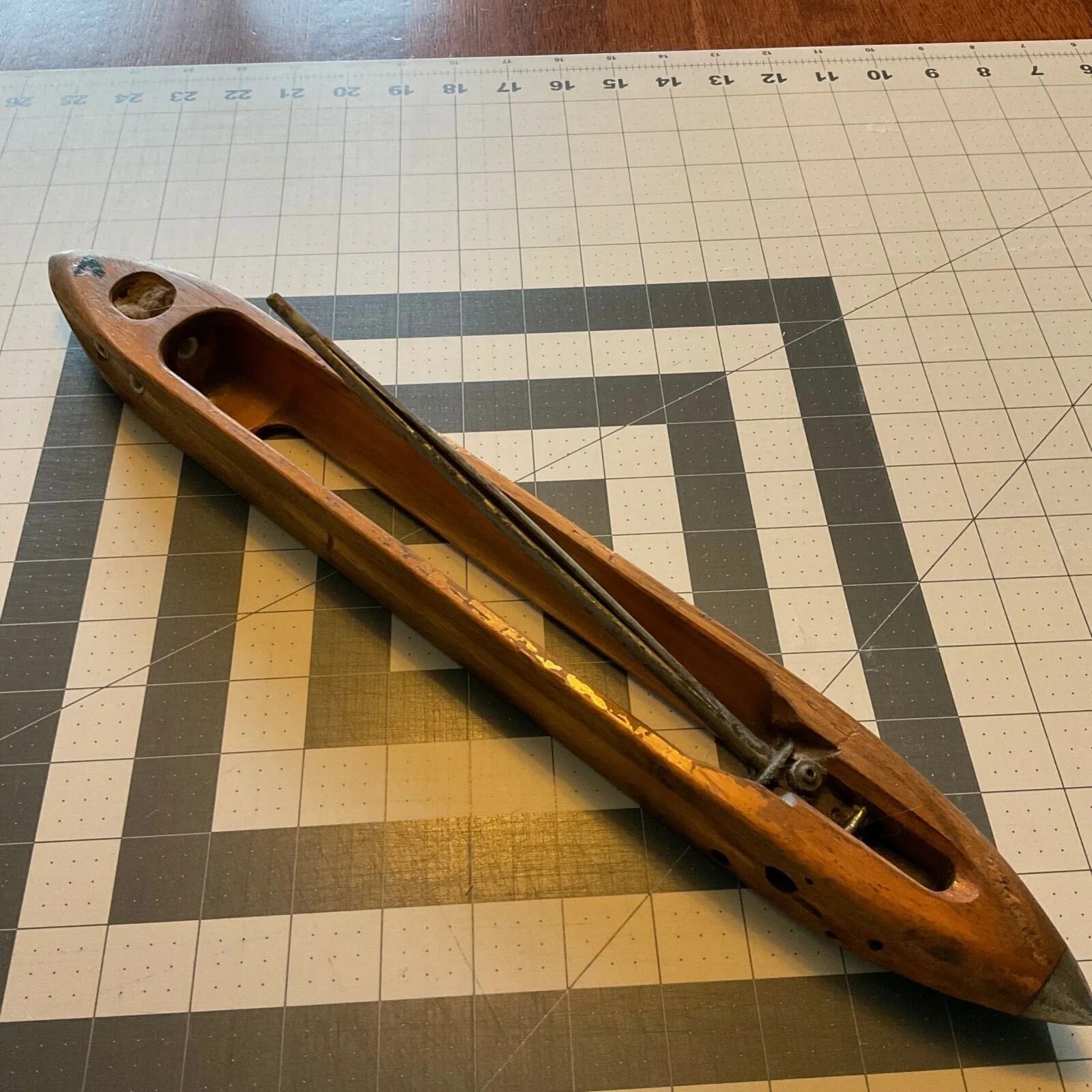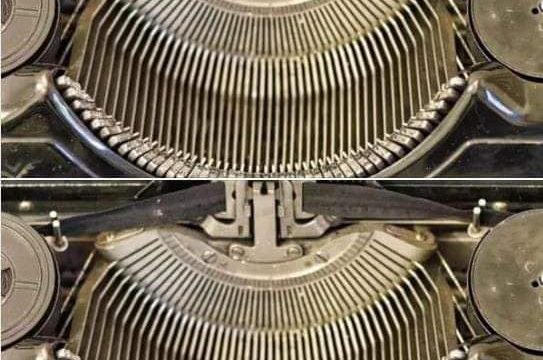
Introduction The weaving shuttle has played a vital role in the history of textile production, reflecting advancements in both technology and artistry. Over time, it has evolved, symbolizing the enduring importance of textiles throughout various cultures and eras.
Historical Background Ancient Beginnings: The roots of the weaving shuttle trace back to ancient civilizations, where early humans devised simple tools to interlace threads. These primitive shuttles, often made from wood or bone, allowed artisans to create textiles for clothing and other purposes.
Medieval Innovations: During the medieval period, the design of weaving shuttles saw significant advancements. Craftsmen began using a variety of materials, such as wood, metal, and ivory. A pivotal moment came in 1733 when John Kay introduced the flying shuttle, which revolutionized the weaving process. This innovation enabled weavers to work faster and produce wider fabrics, greatly enhancing efficiency.
Usage Basic Function: At its core, the weaving shuttle’s purpose is to transport the weft thread across the warp threads on a loom, forming the fabric. This simple but essential function allows for the creation of intricate patterns and textures in textiles.
Types of Shuttles: Vintage weaving shuttles come in several types, including boat shuttles, stick shuttles, and rapier shuttles. Each variety serves specific weaving needs. For instance, boat shuttles are popular for handlooms due to their simplicity and smooth operation, while rapier shuttles are better suited for industrial weaving, offering enhanced efficiency.
Artisanal Craft: Beyond their practical use, vintage weaving shuttles are often appreciated for their craftsmanship. Many of these tools feature beautiful designs that reflect the cultural heritage of their regions. Artisans take pride in blending functionality with artistry, making each shuttle a unique piece of work.
Legacy Cultural Significance: The weaving shuttle is more than just a tool—it represents the rich history of textile production. Techniques have been passed down through generations, and weaving continues to hold cultural significance in many societies, with traditional methods still celebrated today.
Modern Adaptations: Despite technological advancements in the textile industry, vintage weaving shuttles remain treasured by handweavers and textile artists. Many artisans prefer the tactile experience of using traditional tools, feeling a deep connection to the past as they craft their textiles.
Collectible Artifacts: Today, vintage weaving shuttles are not just functional items but also collectible artifacts. Their unique designs and historical importance make them sought after by enthusiasts and historians alike. Museums and private collectors often showcase these shuttles, highlighting the progression of textile technology.
Conclusion The vintage weaving shuttle is a testament to the artistry and craftsmanship of generations past. Its historical journey reflects the evolution of weaving techniques and the cultural significance of textiles in society. As both a practical tool and a collectible artifact, the weaving shuttle continues to inspire and connect us to the rich legacy of textile production.





